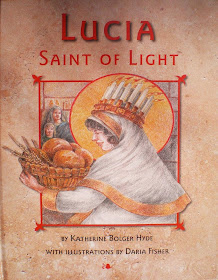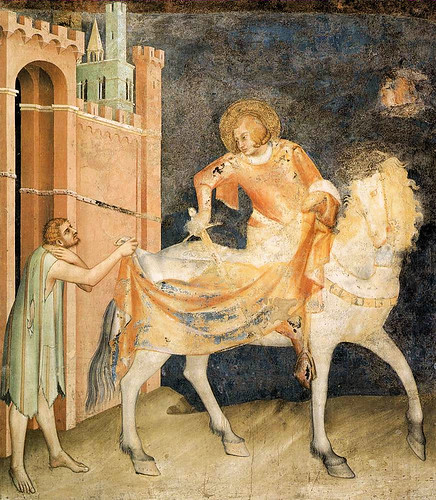St. Dionysius of Zakynthos was born in 1547 on the island of Zakynthos in the Ionian Sea. Before becoming a monk his name was Draganigos Sigouros. He was educated by priests and became fluent in Greek, Italian, and Latin. He excelled in theology, became a monk in 1568, received his first degree of ordination as a priest in 1570 as Fr. Daniel; he later became hieromonk of Zakynthos and Strofades. In 1577, he was raised to Archbishop of Aegina and Poros and after a year abdicated from this dignity and settled in Zakynthos as an abbot of a monastery. In December 17,
1622 he fell asleep in the Lord. He had asked to be buried in this
monastery and his grave is still to be found in the chapel of St George;
a dependent of the monastery.
It has been found that his body remains intact and emits a mixed fragrance of flowers and frankincense. Therefore he is venerated, and his sainthood has been proclaimed by the Patriarch of Constantinople. His feast day is celebrated on December 17
The Saint of Forgiveness
St. Dionysius was remarkable in his forgiveness and love for his fellow man!
A man came to St. Dionysius's cell and begged the saint to hide him from his pursuers. When St. Dionysius asked him why he was being pursued, the man told him that he had killed a man. The murderer did not know that he had killed the saint's own beloved brother Constantine. St. Dionysius was very grieved, but hid the man and did not surrender him to the law. Instead he instructed him and brought him to repentance. According to local tradition, the murderer later repented and became a monk himself at that same monastery. St. Dionysius is an example to us all for his forgiveness of even the most grievous sins against us.
When the Greek Orthodox Church of St. Nicholas was destroyed on September 11, 2001 during the World Trade Center attack, only two things were recovered intact: a cross and a paper icon of St. Dionysios.
Together with your child, read "Saint Dionysius of Zakynthos" by Potamitis Publications!
St. Dionysios rests in the church which bears his name in Zakynthos,
where opening his tomb is often found impossible. It appears as though
this occurs when Dionysios is out performing miracles. Afterwards, when
the tomb can be opened, and seaweed is found at his feet and his slippers
are found to be worn thin. In fact, his slippers need continual
replacement because they receive so much wear! He is often seen alive
and walking.
To celebrate St. Dionysios and his forgiving nature, color a page about forgiveness and discuss ways you can learn to forgive others











































 http://www.creativehandscreativeminds.com
http://www.creativehandscreativeminds.com








